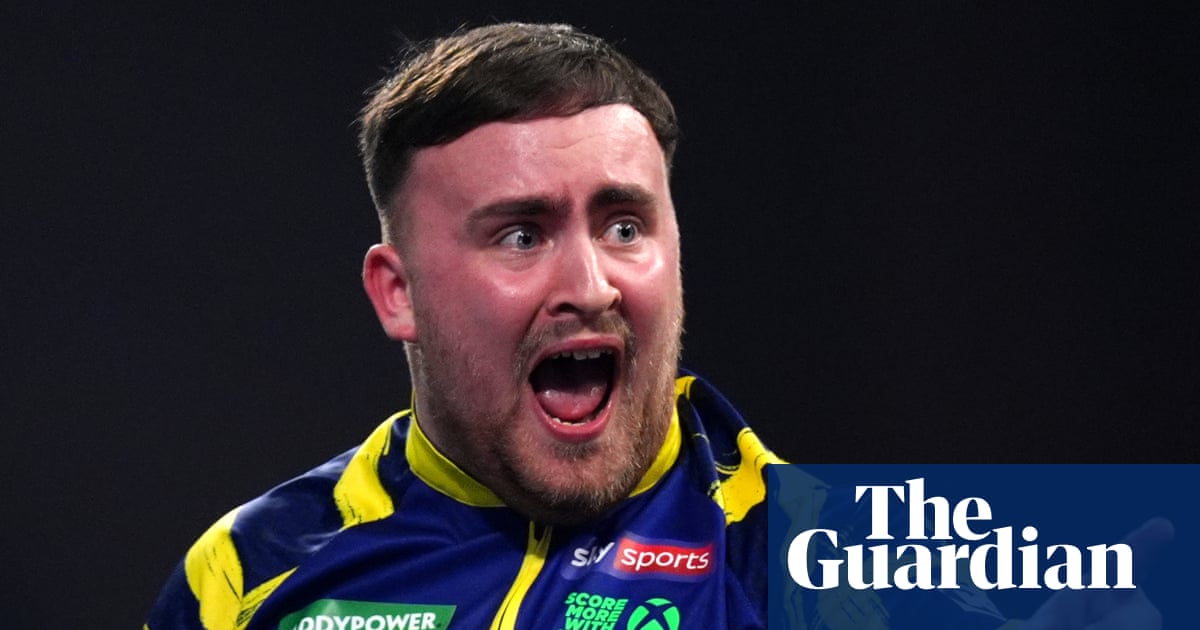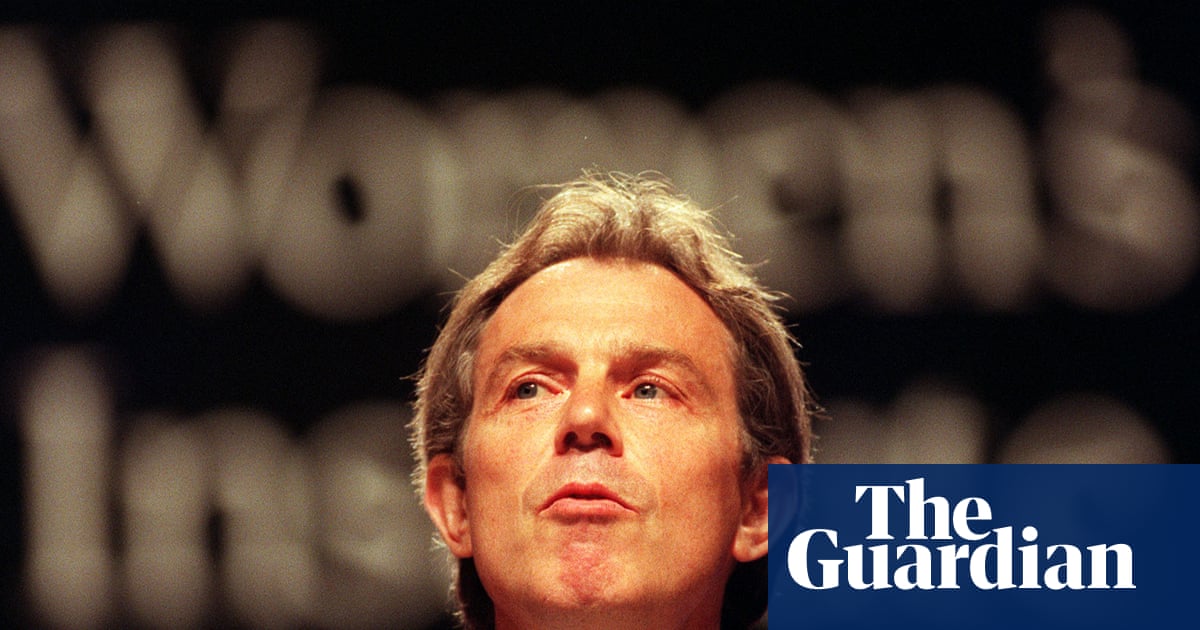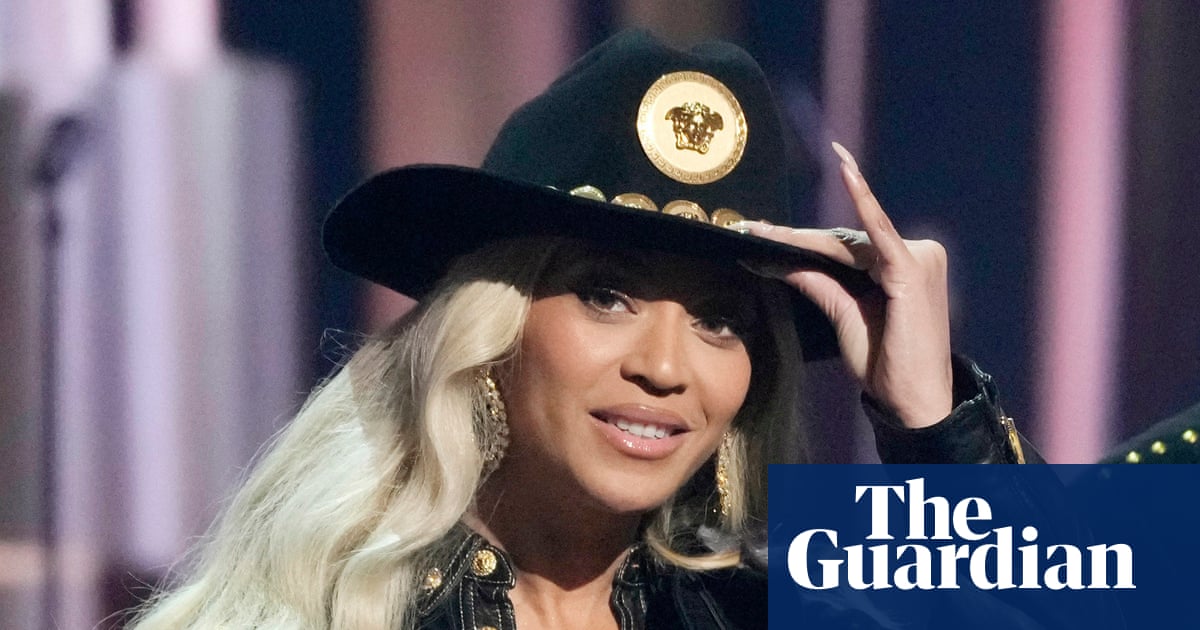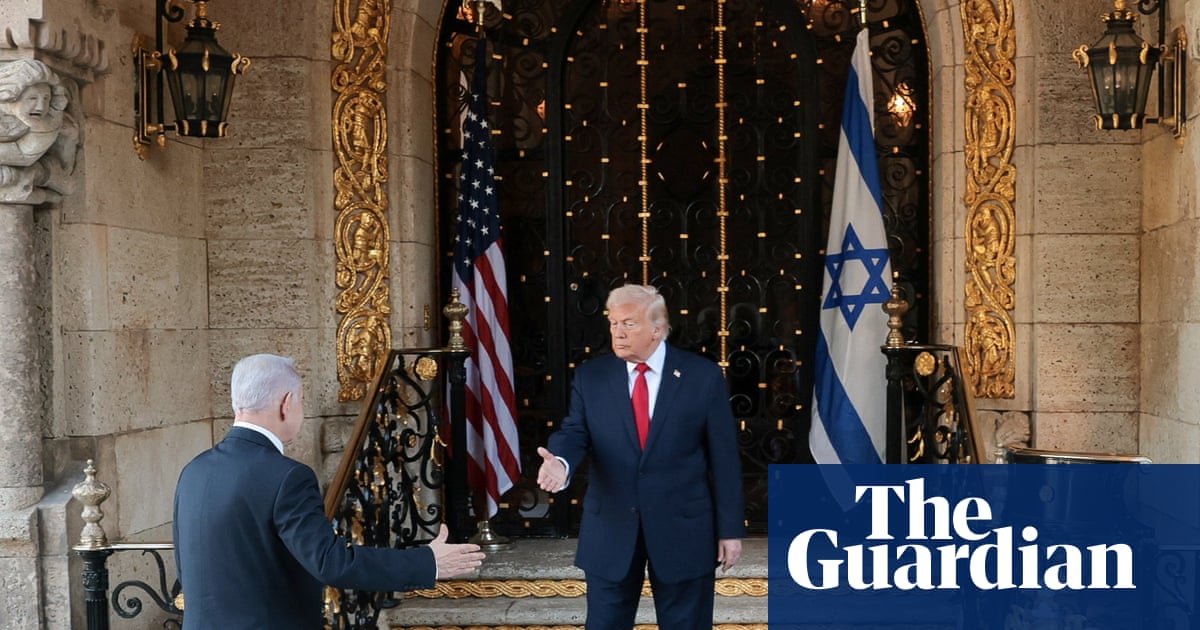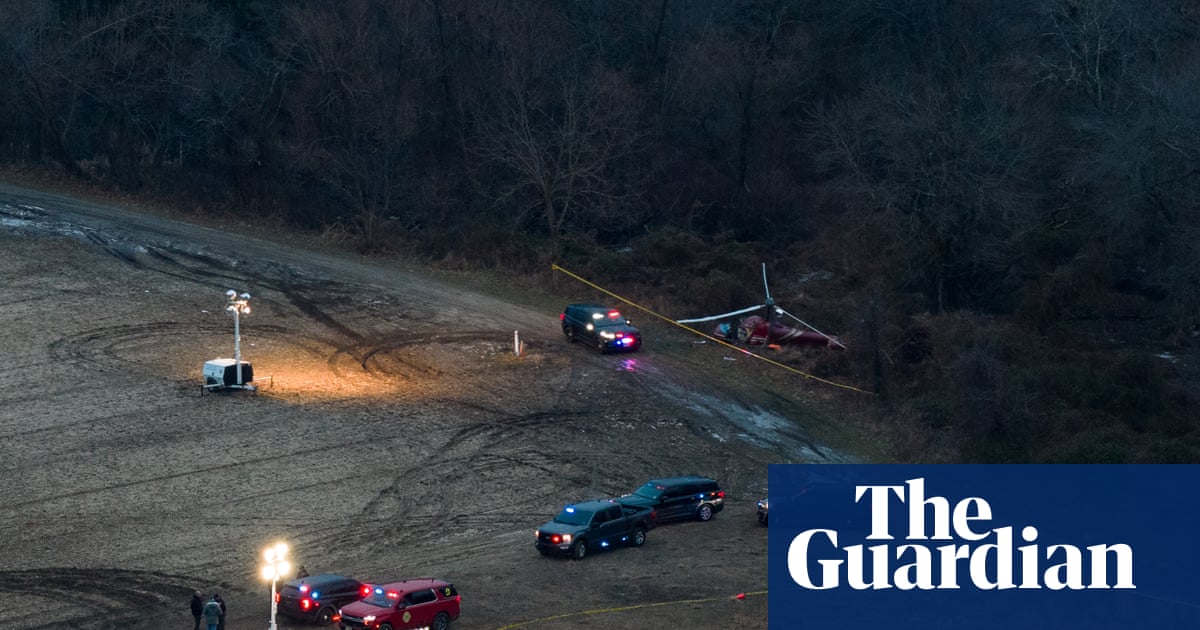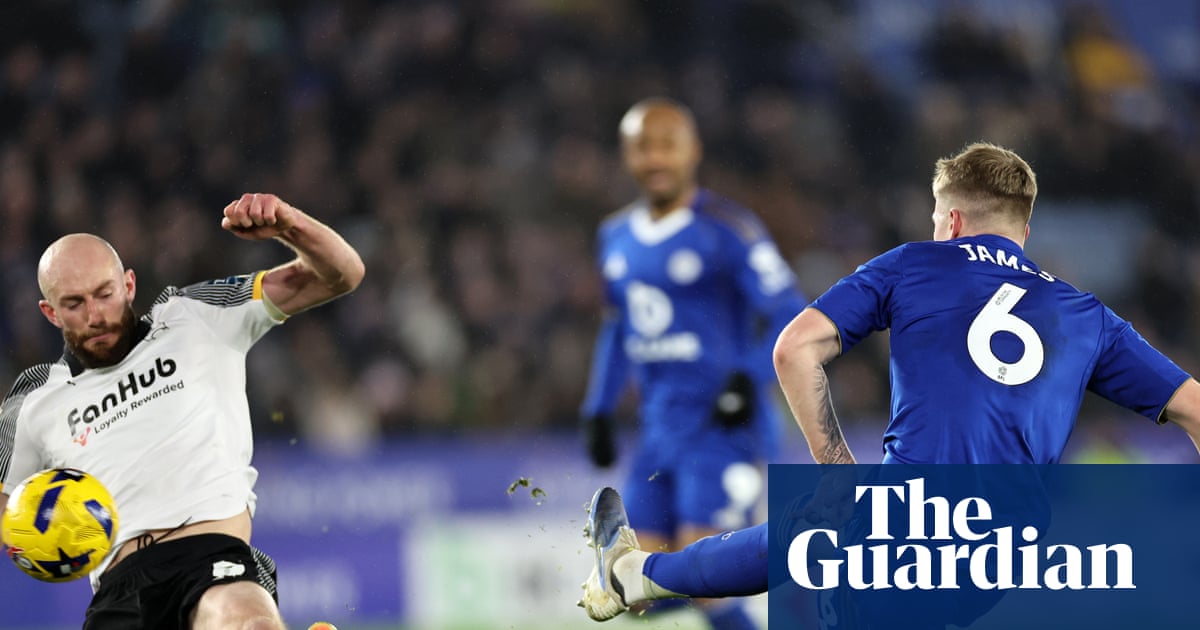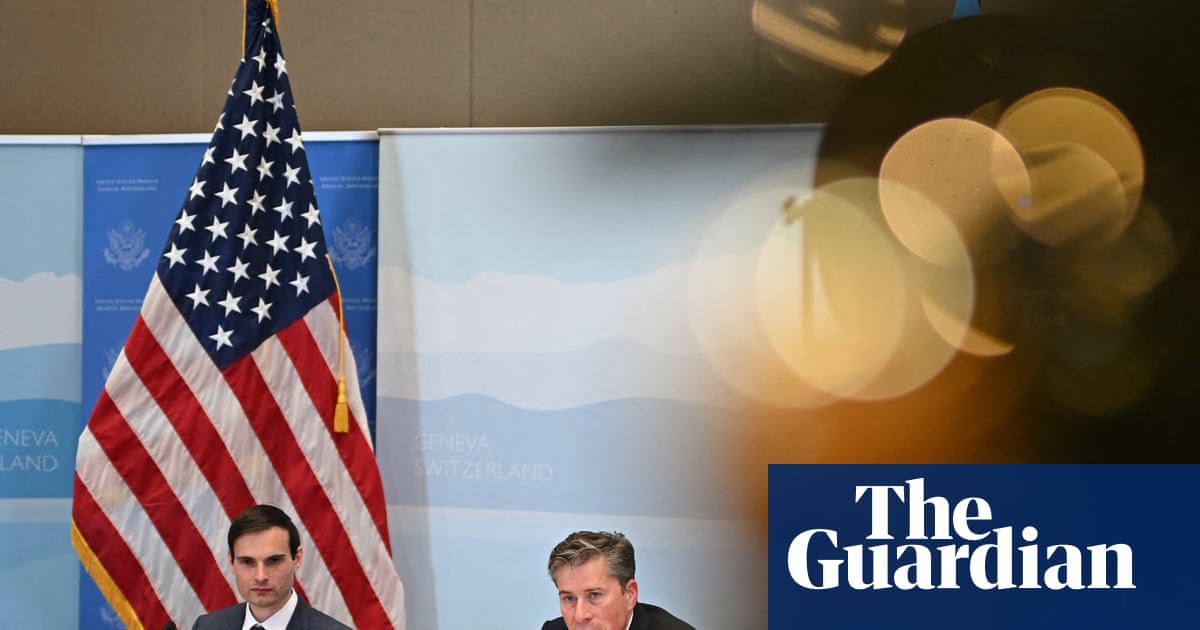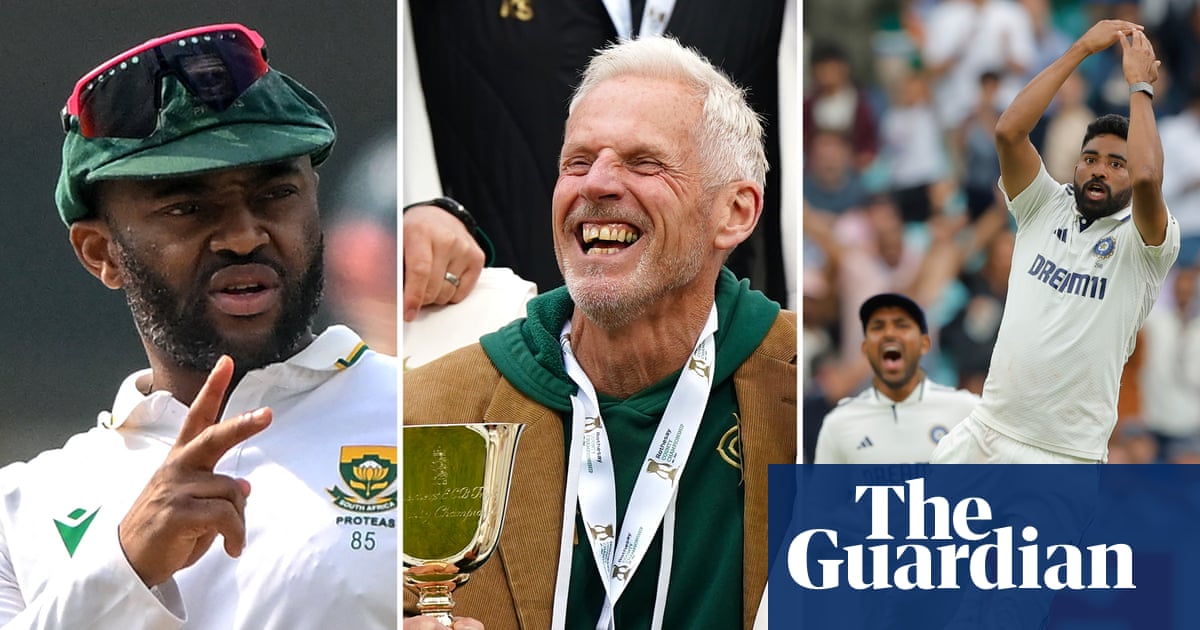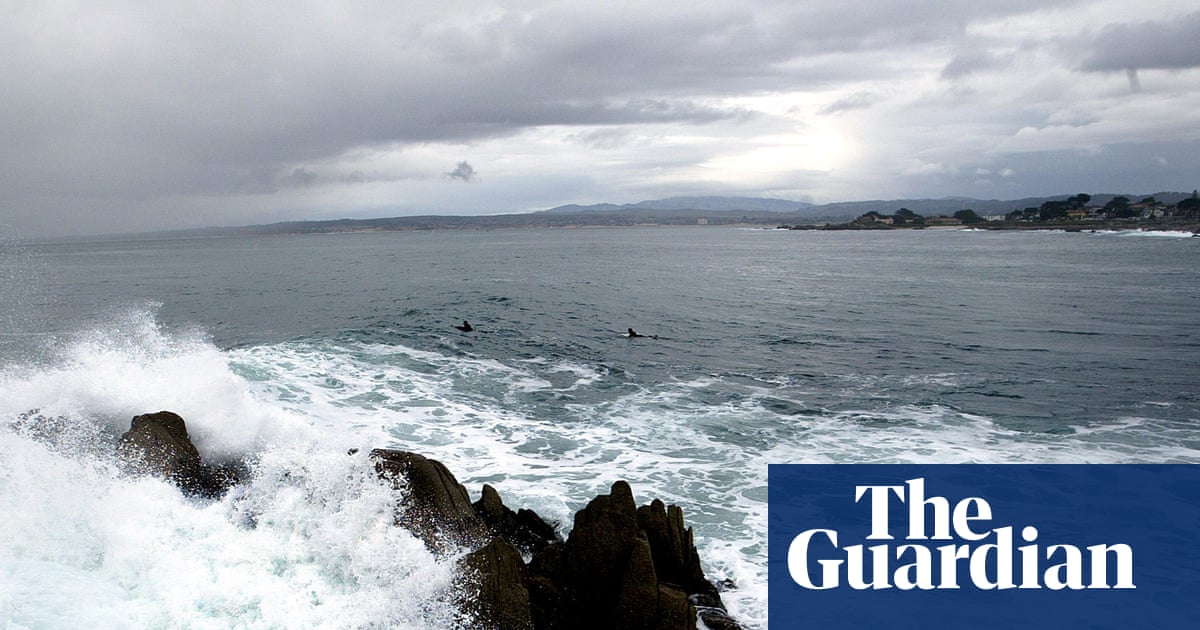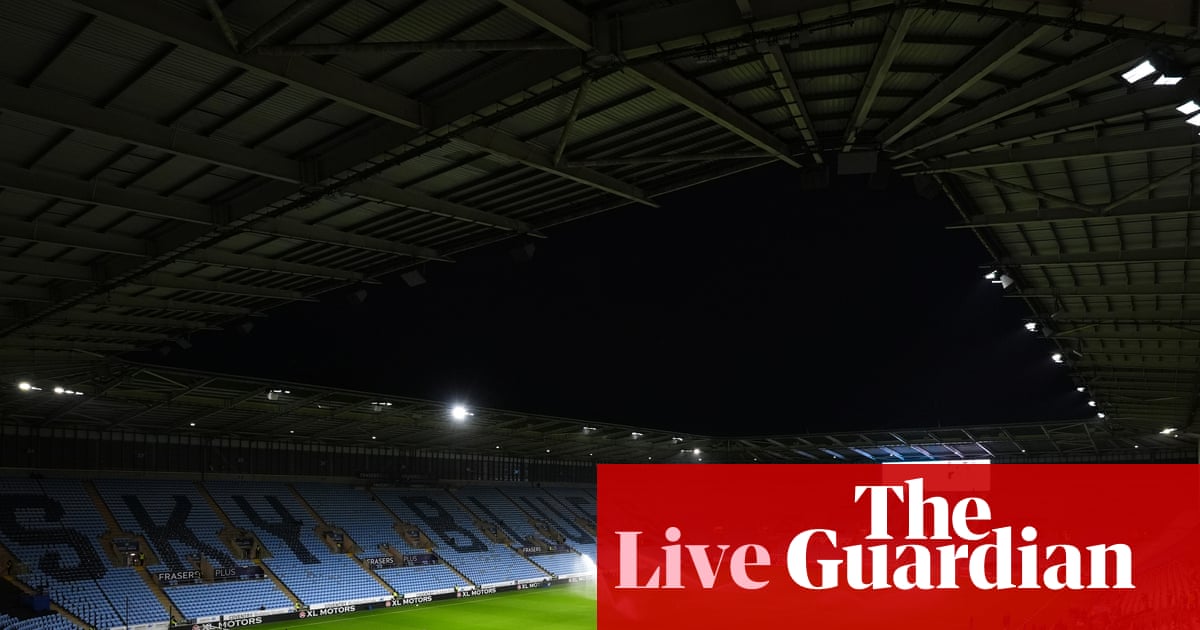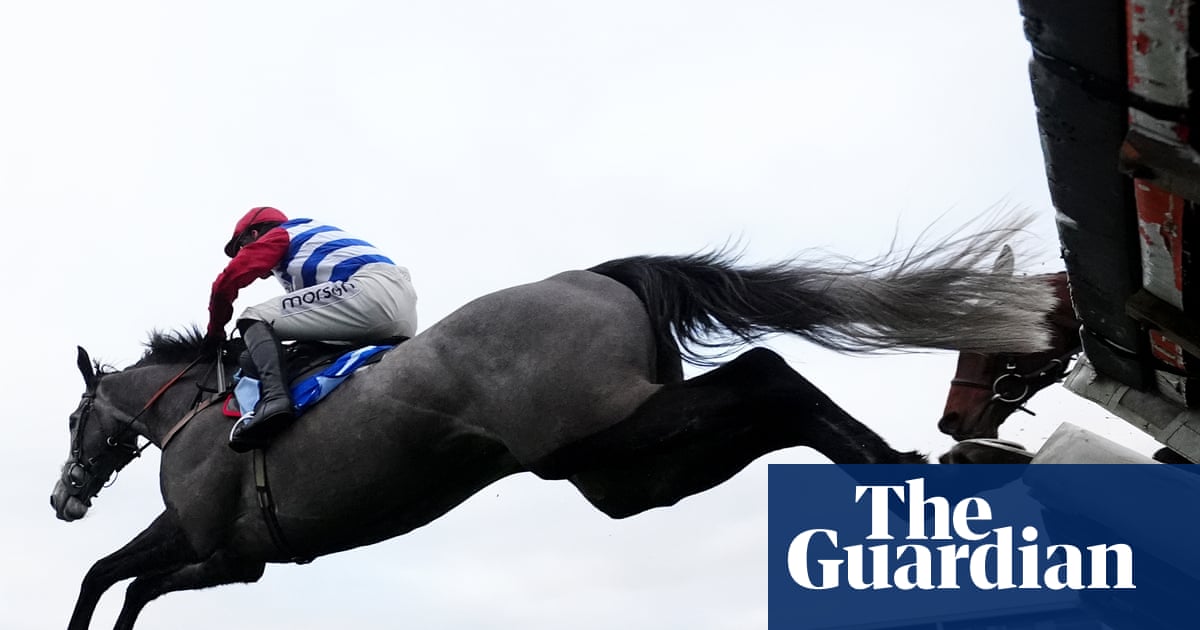What is US late-night TV if it isn’t riffing on the political news of the day? Since ABC made the decision to indefinitely suspend comedian Jimmy Kimmel from his late-night talkshow after on-air remarks about the killing of Charlie Kirk, Donald Trump has encouraged further action against other late-night hosts.
Yet, such topical humor has been a feature of late-night TV since NBC launched the format in the mid-1950s. In fact, throughout modern history, presidents in particular have understood the cultural value of late night TV and dutifully played their part in this uniquely American symbiosis – from JFK to the present-day politicians.
Steve Allen, the radio man who launched what would become the Tonight Show, regularly poked fun at political figures in his opening monologues – but in a measured, self-deprecating style that was typical of the era.
It wasn’t until comedian Johnny Carson took over in 1962 that the Tonight Show transformed into a cultural institution where politics was mined for nightly material. Carson resorted to impersonations and satire to highlight the human inconsistencies within politics, and borrowed from Abbott and Costello’s Who’s on First? sketch to parody Ronald Reagan’s rhetorical double speak. Carson, oft-touted as “the king of late-night”, stuck to humor that called out the absurdities of politics without taking a particular side.
As the Tonight Show mushroomed into one of the most popular shows on US television, attracting 17 million nightly viewers at its peak, Americans came to see Carson as a clearer lens on current events than straight news.
A 2022 article in the journal Social Science Research found that Carson’s daily mentions of Richard Nixon or Watergate in the early 1970s was a major contributor to the president’s approval rating crash, underscoring Carson’s tremendous influence on the bygone monoculture in his nearly 30 years on air. Before Carson, political figures really only sat down with Dick Cavett and similarly tweedy late-night hosts; Cavett’s 1970 interview with Georgia lieutenant governor Lester Maddox, which saw the segregationist storm off in response to Cavett’s pointed questioning, definitely wasn’t played for laughs.
Nixon’s and John F Kennedy’s separate Tonight Show appearances in the 1960s as presidential candidates broke ground; the office was thought to be above late-night larking. But then Reagan’s Tonight Show stops as governor of California and his clubby relationship with Carson firmly established late-night TV as an extension of the political arena and announced the former workaday actor as a true star.
It wasn’t until the 1990s, when Carson was heading for retirement and the competition for his crown and ratings was growing more intense, that you begin to see presidential hopefuls pursuing late-night appearances as part of a strategy to connect with younger voters keen for a more relatable stripe of politician.

Famously, Bill Clinton’s inaugural presidential campaign was invigorated when he appeared on the Arsenio Hall Show – a younger, hipper and multi-racial rival to the Tonight Show at the time. Clinton accompanied the house band on the saxophone for a rendition of Heartbreak Hotel, earning himself a level of impassioned support from Black voters that still endures.
In 2000, candidate George W Bush joined the Late Show with David Letterman in a reading of the comedian’s trademark top 1o list – this one, of “Changes I’ll Make to the White House”. (“Give Oval Office a heckuva scrubbing,” Bush said in a sly nod to Lewinskygate.)
In 2009, Barack Obama joined Carson successor Jay Leno on the Tonight Show, the first ever late-night TV appearance by a sitting US president, to sell his economic recovery plan.
Even as the Clinton era gave rise to more pointed and partisan political skepticism from late-night shows such as the Daily Show and Politically Incorrect with Bill Maher (who was pulled off the air by ABC for his 9/11 takes), presidents accepted the relentless punchlines as part of the job.
But Trump is a different political animal. Unlike predecessors who became monologue fodder after announcing their campaigns, Trump pre-Oval Office persona would be shaped from late-night comedians riffing off his exhaustively documented divorces, business failings and rebound in reality TV.
Trump was a well-established character by the time he appeared on the Tonight Show Starring Jimmy Fallon in 2016, the singular presidential hopeful who had already hosted SNL twice. Infamously, Fallon mussed Trump’s hair – a gesture that media observers argue not only humanized Trump and his polarizing brand of politics, but also spoke to Fallon’s fundamental unseriousness. Fallon would later express regret for his role in helping to “normalize” Trump; Trump responded by calling out Fallon’s manhood.
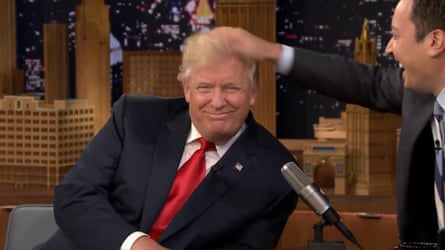
That was effectively the start of Trump’s late-night pivot from desperate guest to acid-tongued critic. He has been especially harsh on Kimmel – who has kept the Maga movement, its corrosive policies and polarizing rhetoric in crosshairs since candidate Trump backed out of a scheduled 2015 appearance at the last minute. (Trump showed up two months later, and there were no signs of friction then.) Reportedly, the first Trump administration put pressure on ABC and parent company Disney to rein in Kimmel – and for years his request was just met with tougher jokes when Kimmel also hosted the Oscars. So Trump took to social media to air out his many grievances. Often while lamenting the quality of today’s late-night hosts, Trump has called on TV to “bring back Johnny”. Never mind the fact that Carson, who himself cautioned against entertainers alienating audiences with their political views, has been dead for 20 years.
Fast forward to July, when CBS made the decision to abruptly cancel the Late Show with Stephen Colbert, an unrelenting Trump critic. While CBS and Paramount chiefs claimed it was “purely a financial decision against a challenging backdrop in late night”, the move was largely seen as a larger corporate effort to circumvent monopoly law to pave the way for parent company Paramount’s billion-dollar sale to Skydance Media and decried as a crackdown on free speech. This comes as Nexstar Media, a conservative-leaning TV station conglomerate with many ABC affiliates, is pushing the Trump administration to clear a path for its own potential monopoly through a merger with rival Tegna.
But late-night comedy isn’t just under pressure from its politically obsequious corporate masters. It’s also fighting to remain a bellwether of truth at a time when US journalism institutions are being hollowed out, attacked and discredited by Trump and his many powerful allies in a polyculture where truth is no longer absolute.
The 2008 book Strange Bedfellows: How Late-Night Comedy Turns Democracy into a Joke further underscores the “relay race” between newspaper coverage of Watergate and Carson’s monologue mentions. With fractured audiences having deeply eroded late night’s once healthy profit margins, late-night shows now risk losing more than just audience share by mocking the Trump administration or its designated mouthpieces.
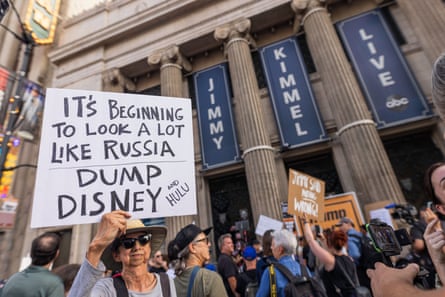
“When you go back and take a look, all they do is hit Trump,” the president said from aboard Air Force One while threatening anyone with an FCC broadcast license who spends too much time criticizing him, however he defines it. “They’re not allowed to do that! They are an arm of the Democratic party.”
Ironically, Disney’s decision to suspend Kimmel would send the company’s stock price tumbling amid protests and lost subscribers. Meanwhile, Kimmel’s surviving peer hosts looked to the state-run media of strongman-controlled regimes for their comedic cues.
Fallon and the Daily Show’s Jon Stewart each kicked off their shows with satirical set pieces that bowed to the president and paid mock respect to him as an authoritarian. Colbert dusted off his rightwing blowhard character to get in a few subliminal digs at Trump.
The jokecraft speaks to the seriousness of the times, and late-night’s determination to carry on serving as the country’s political lens – regardless of the ultimate cost.

 3 months ago
56
3 months ago
56
